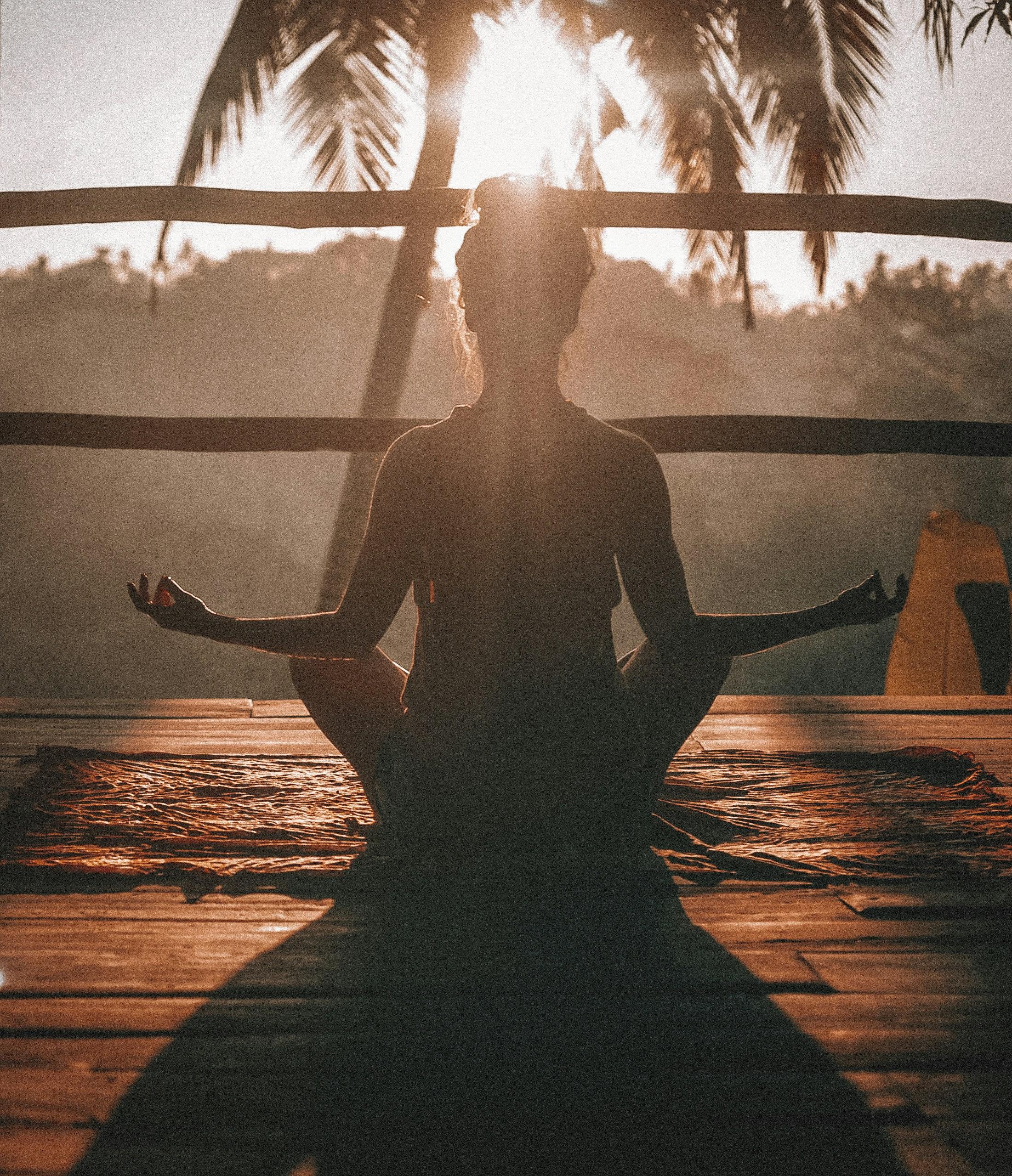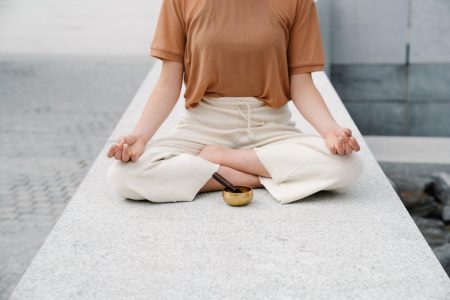In the serene tapestry of yoga philosophy, where ancient wisdom intertwines with the rhythms of modern life, pranayama emerges as a subtle yet powerful thread. Often overshadowed by the more visible asanas, or postures, pranayama—the art and science of breath control—holds a sacred place at the heart of yogic practice. It is the silent symphony that harmonizes the mind, body, and spirit, inviting practitioners into a deeper realm of self-awareness and tranquility. This exploration delves into the pivotal role of pranayama within the vast expanse of yoga philosophy, uncovering its transformative potential to elevate the human experience beyond the mundane. As we journey through the nuances of breath, we discover not only a pathway to physical well-being but also a gateway to the profound inner landscapes that define our existence.
Breath as the Bridge Exploring Pranayamas Connection to Mindfulness
In the realm of yoga philosophy, the practice of pranayama is often seen as a profound bridge connecting the physical and mental realms. Pranayama, the art of controlled breathing, is more than just a set of exercises; it is a doorway to mindfulness, offering practitioners a deeper awareness of their own inner landscapes. By focusing on the breath, one can cultivate a sense of presence and attentiveness, essential elements of mindfulness. This connection is not just theoretical but experiential, as each inhalation and exhalation guides the mind into a state of calm and clarity.
- Enhanced Focus: Concentrating on the breath helps in sharpening the mind’s focus, reducing distractions.
- Emotional Balance: Regular practice of pranayama can lead to a more balanced emotional state, aiding in stress management.
- Deeper Self-awareness: As one tunes into the rhythmic flow of breath, a deeper self-awareness emerges, revealing the subtle layers of the mind.
Through pranayama, the breath becomes a tool for cultivating mindfulness, offering a path to inner tranquility. By integrating these practices, yoga philosophy underscores the importance of harmonizing the body, breath, and mind, thus enhancing one’s journey towards holistic well-being.

Harnessing Vital Energy Understanding the Science Behind Pranayama Techniques
In the realm of yoga, the breath serves as a bridge between the body and mind, anchoring practitioners in the present moment. Pranayama, a cornerstone of yoga philosophy, delves into this profound connection, offering techniques to cultivate and channel vital energy, or prana. This ancient practice is more than mere breathing exercises; it is a systematic approach to enhancing life force through controlled breathing patterns. By understanding the science behind pranayama, one can unlock the potential for physical rejuvenation, mental clarity, and spiritual awakening.
The physiological impacts of pranayama are manifold, supported by both ancient wisdom and modern research. Some of the key benefits include:
- Improved respiratory efficiency: Regular practice strengthens the respiratory muscles and enhances lung capacity.
- Stress reduction: Pranayama techniques activate the parasympathetic nervous system, fostering relaxation and reducing stress hormones.
- Enhanced concentration: By focusing on breath, practitioners can sharpen their mental acuity and improve focus.
- Emotional balance: The rhythmic breathing patterns help in regulating emotions and promoting a sense of well-being.
Incorporating pranayama into daily practice can thus offer a holistic approach to health, harmonizing the physical, mental, and spiritual aspects of one’s being.
Cultivating Inner Peace Pranayamas Role in Emotional Balance and Stress Reduction
Pranayama, an essential component of yoga philosophy, is more than just a series of breathing exercises; it is a profound tool for achieving emotional equilibrium and mitigating stress. By focusing on controlled breathing, individuals can navigate the turbulent waters of their emotions, finding a serene harbor within. This practice helps in the regulation of the autonomic nervous system, which in turn leads to a reduction in stress and anxiety levels. The rhythmic flow of breath acts as a bridge between the body and mind, promoting a harmonious balance that fosters inner peace.
Engaging in pranayama can lead to numerous benefits, such as:
- Enhanced Self-Awareness: By concentrating on the breath, practitioners develop a deeper understanding of their emotional state.
- Stress Alleviation: The calming effect of pranayama helps in lowering cortisol levels, thereby reducing stress.
- Improved Focus and Concentration: Regular practice enhances mental clarity and focus, crucial for emotional resilience.
- Balanced Emotions: Pranayama techniques help in managing emotional responses, leading to a more balanced life.
Incorporating pranayama into daily practice not only aids in stress reduction but also cultivates a lasting sense of inner tranquility, making it an invaluable tool for emotional well-being.
Practical Guidance for Practitioners Integrating Pranayama into Your Daily Routine
For yoga practitioners aiming to weave the ancient art of pranayama seamlessly into their daily lives, consistency and mindfulness are key. Start by selecting a specific time each day, such as early morning or before bedtime, when you can practice without interruptions. This not only helps in forming a habit but also ensures that your mind is in a calm and receptive state. It is beneficial to create a dedicated space for your practice, perhaps a quiet corner of your home adorned with elements that inspire tranquility and focus.
- Begin with Simplicity: Initiate your practice with simple breathing techniques such as Ujjayi or Nadi Shodhana. These foundational practices can be incredibly powerful and provide a solid base to build upon.
- Gradual Progression: As you grow more comfortable, gradually incorporate more advanced techniques like Bhastrika or Kapalabhati. Remember, the goal is not to rush but to deepen your practice steadily.
- Mindful Observation: Pay attention to how your body and mind respond to different techniques. This awareness will guide you in personalizing your practice to suit your unique needs and goals.
Incorporating pranayama into your routine not only enhances your yoga practice but also promotes overall well-being. With dedication, you will find it becomes an integral part of your day, enriching your journey on and off the mat.
To Wrap It Up
As we draw our exploration of pranayama to a close, we find ourselves standing at the intersection of breath and being, where the ancient art of breathing meets the timeless quest for inner peace. Pranayama, within the rich tapestry of yoga philosophy, emerges not merely as a practice, but as a profound journey into the self—a journey that transcends the physical, ventures into the mental, and touches the spiritual. It invites us to listen to the subtle symphony of our breath, to harness its power, and to embrace its wisdom. As we breathe in this knowledge and exhale our newfound insights, we carry with us the essence of pranayama: a reminder that the breath is not just the thread of life, but the bridge to a deeper understanding of our place in the universe. And so, with each mindful breath, may we continue to explore, evolve, and enrich our lives through the gentle art of pranayama.

